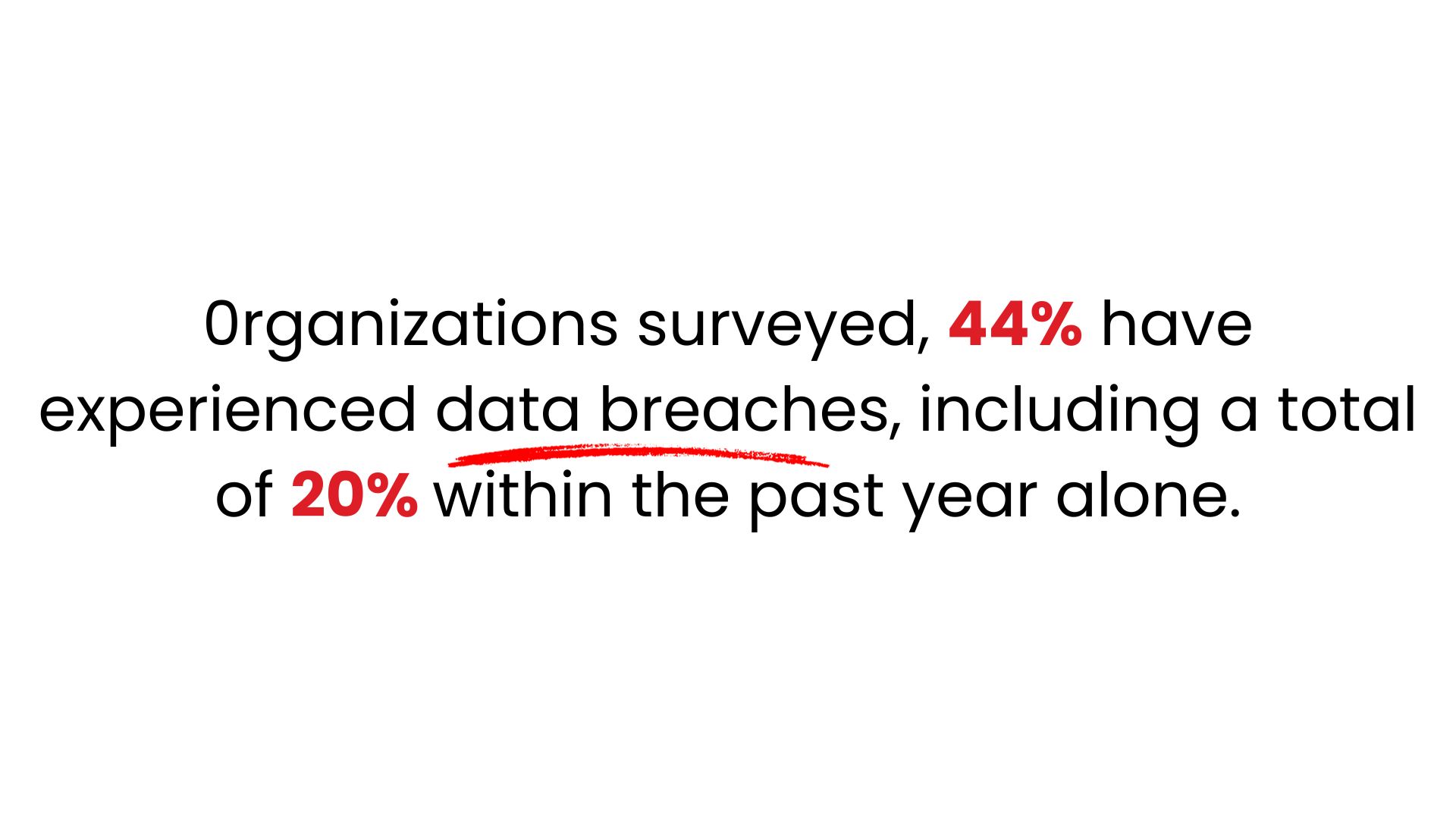Application security, also known as AppSec, is a term that refers to all tasks involved in ensuring the security of software applications. It involves implementing secure development practices and processes to detect, repair, and prevent application security flaws.
In today’s digital age, where cyber attacks are becoming increasingly frequent and sophisticated, application security has never been more crucial. By implementing strong AppSec measures, organizations can protect their applications and data from potential threats, safeguarding their reputation and customer trust.
Various types of applications (web, mobile, desktop)
Web Applications
Web applications are software programs that run on a web server and are accessed through a web browser. They have become essential to our daily lives, from online banking to social media platforms. However, their popularity also makes them prime targets for cyber attacks.
Mobile Applications
Mobile applications, or apps, are software programs designed to run on mobile devices such as smartphones and tablets. With the increasing popularity of mobile devices and the widespread use of apps, they have become an attractive target for cybercriminals.
Desktop Applications
Desktop applications are software programs installed on a user’s computer system. These include popular programs like Microsoft Office, Adobe Photoshop, and video games. While not as common as web or mobile apps, desktop applications are still prone to security vulnerabilities.
Common Application Security Threats
There are several common threats to application security that organizations must be aware of and protect against. These include:
- SQL injection is an attack that exploits vulnerabilities in an application’s code to manipulate and extract data from its database. This can lead to attackers stealing, modifying, or deleting sensitive information.
- Cross-site scripting (XSS) attacks occur when hackers inject malicious code into a web page, which can then be executed by unsuspecting users, compromising their sensitive information. This can lead to data theft, account takeover, and other malicious activities.
- Cross-site request forgery (CSRF) is an attack where a hacker tricks a user into making unintended actions on a web application. This can result in the user unknowingly performing actions such as transferring money or changing passwords.
- Distributed Denial of Service (DDoS) attacks flood a website or application with a large amount of traffic, causing it to crash or become inaccessible. This can result in significant downtime and financial losses for businesses.
- Insecure authentication is when an application’s login and password systems are not adequately secured, allowing attackers to gain unauthorized access to sensitive data.
Security misconfigurations occur when an application is not configured correctly, leaving it vulnerable to attacks. These include leaving unnecessary ports open, using default login credentials, or not implementing appropriate security measures.
The Consequences of Inadequate Application Security
The consequences of a security breach can be severe, ranging from financial losses to damage to an organization’s reputation. In addition, organizations may face legal consequences for failing to adequately protect their users’ data.

Data Theft and Exposure
One of the most common threats facing applications is data theft and exposure. This can occur through various means, such as hacking into a database or exploiting vulnerabilities in the application itself. The consequences of data theft and exposure can be severe, especially for sensitive information like personal and financial data. Not only can it result in financial loss for individuals, but it can also lead to identity theft and fraud.
Financial Loss
Another significant risk of a security breach is financial loss. This can occur through various means, such as ransomware attacks or unauthorized access to banking or payment systems. A successful attack on an organization’s financial systems can have devastating consequences, resulting in financial losses for the company and its customers.
Damage to Reputation
A security breach can also significantly impact an organization’s reputation. The loss of customer trust due to a data breach or other security incident can lead to long-term consequences, such as decreased sales and damaged brand image. Maintaining a good reputation in today’s highly competitive market is crucial for businesses, making application security a top priority.
Business Disruption and Downtime
Cyber attacks can also cause significant disruptions to business operations, resulting in downtime and loss of productivity. This can be especially damaging for organizations that rely on their applications for critical functions. Even a short period of time without access to essential applications can have severe consequences, making it crucial to have robust application security measures in place.
Building a Solid Application Security Strategy
Successful application security requires a multi-layered approach that involves addressing vulnerabilities at every stage of the development life cycle. By implementing these key elements, organizations can significantly reduce the risk of a security breach and protect their applications and data from cyber threats
Risk assessment and management
Risk assessment is crucial in developing a practical application security strategy. It involves identifying potential threats and vulnerabilities to the application, evaluating their likelihood and impact, and devising strategies to mitigate or eliminate them.
By conducting regular risk assessments, organizations can stay ahead of emerging threats and address any vulnerabilities before hackers exploit them. This not only helps prevent security breaches but also saves organizations time and money in the long run.
Secure coding practices
Secure coding practices are essential in preventing the introduction of vulnerabilities into an application’s code. This includes following best practices for input validation, secure error handling, and proper encryption techniques.
By implementing secure coding practices from the beginning of the development process, developers can reduce the likelihood of introducing security flaws into the code and minimize the risk of a breach.
Regular testing and monitoring
Regular testing and monitoring are crucial components of an effective application security strategy. This involves performing frequent security assessments and penetration tests to identify any vulnerabilities or weaknesses in the application.
In addition, organizations should also implement real-time monitoring solutions that can detect and alert them to any suspicious activity on their applications. This allows for immediate action to be taken in the event of a security breach.
Employee training and awareness
Human error is a significant factor in many security breaches, making employee training and awareness an essential aspect of application security. Employees should be educated on best practices for data protection, such as creating strong passwords and recognizing social engineering attacks.
By raising awareness and providing regular training, organizations can reduce the risk of employees inadvertently compromising the security of their applications and data.
The Future of Application Security
As technology continues to evolve, so do the methods and tools used by hackers to exploit vulnerabilities in applications. Organizations must stay vigilant and adapt their application security strategies to keep up with emerging threats
Automation and AI-powered security solutions
With the increasing complexity and volume of cyber threats, traditional manual approaches to application security are no longer sufficient. Automation and AI-powered security solutions can help organizations detect and respond to potential threats in real-time, reducing the risk of a breach.
Containerization and microservices
The rise of containerization and microservices has introduced new challenges for application security. These technologies allow for faster and more agile application development, but they also require a different approach to security. Organizations must now secure each component of their applications individually rather than the entire application as a whole.
Continuous integration and continuous delivery (CI/CD)
The adoption of CI/CD practices has allowed organizations to release updates and new features to their applications at a much faster pace. However, this also increases the risk of introducing vulnerabilities into the code. To mitigate this risk, organizations must implement automated security testing as part of their CI/CD processes.
End-to-end encryption
As more data is transmitted and stored in cloud-based systems, end-to-end encryption has become a critical component of application security. This technology ensures that data remains encrypted at all times, reducing the risk of unauthorized access and data breaches.
Red-teaming and ethical hacking
To stay ahead of emerging threats, organizations are turning to red teaming and ethical hacking techniques. These involve hiring external security experts to simulate real-world attacks on their applications and identify any vulnerabilities that need to be addressed. This proactive approach allows organizations to strengthen their security measures and reduce the risk of a successful cyber attack.
Increased focus on privacy protection
With the rise of data privacy concerns, organizations are placing a greater emphasis on protecting users’ personal information. This includes implementing strict security measures to prevent unauthorized access to sensitive data and ensuring compliance with regulations such as GDPR and CCPA.
Conclusion
Application security is essential to any organization’s overall cybersecurity strategy. It involves implementing secure development practices, conducting regular testing and vulnerability scans, and providing training and awareness to developers and users. Failure to prioritize application security can have severe consequences, such as data theft, financial losses, and reputational damage. With the constantly evolving cyber threats, organizations must stay vigilant and continually update their application security strategies to protect their applications and their sensitive data. By incorporating emerging trends and technologies, organizations can stay one step ahead of potential attacks and ensure the security of their applications in the future.

